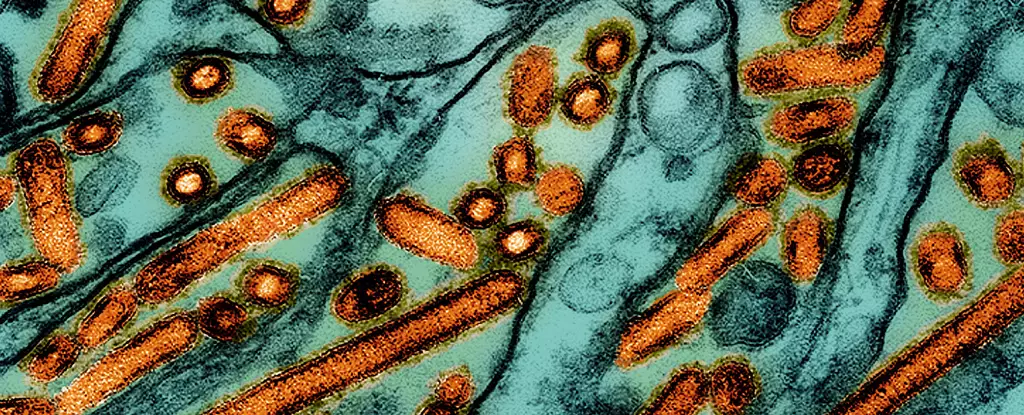Recently, US health authorities announced the discovery of a second human case of bird flu, known as the H5N1 virus. The infected individuals were dairy farm workers, with the first case reported in Texas and the second in Michigan. Despite both individuals experiencing only minor symptoms and recovering, the Centers for Disease Control and Prevention (CDC) has raised concerns about the potential for more cases to emerge.
The CDC mentioned that the risk assessment for the general public remains low, but with the high levels of the virus in raw milk from infected cows, there is a possibility of additional human cases being identified. The recent case in Michigan was linked to a dairy farm with confirmed cases of the H5N1 virus in cows, further highlighting the potential for spread among farm workers.
As of now, a total of 52 US herds have been infected with bird flu across nine states. The US Department of Agriculture (USDA) has observed transmission among cows within the same herd and between different dairies associated with cattle movements. Fortunately, sick cows have been able to recover with minimal mortality rates, but the situation remains concerning due to the ongoing spread.
To assist affected farms, the USDA has provided financial aid for protective equipment for employees. The CDC has emphasized that individuals with close or prolonged exposure to infected birds or animals are at a higher risk of infection, underscoring the importance of taking precautionary measures to prevent further spread among humans.
While the current H5N1 strain has resulted in millions of poultry deaths, cows and goats have also been affected during the current wave. Health experts were surprised by this development as these animals were not previously thought to be susceptible to this type of influenza. Despite the virus fragments found in pasteurized milk, authorities assure that milk sold in stores is safe due to the effectiveness of pasteurization in killing the disease.
Although there is no evidence of human-to-human transmission at present, health officials are concerned about the possibility of the virus mutating into a form that could spread among humans. Avian influenza A(H5N1) first emerged in 1996 and has since led to an exponential increase in bird outbreaks, along with a rise in infected mammals since 2020.
The discovery of the second human case of bird flu in the US highlights the ongoing threat posed by the H5N1 virus, especially among individuals working in close proximity to infected animals. By understanding the risks, implementing precautionary measures, and providing support to affected farms, it is crucial to prevent further spread and protect public health from the potential implications of this infectious disease.


Leave a Reply